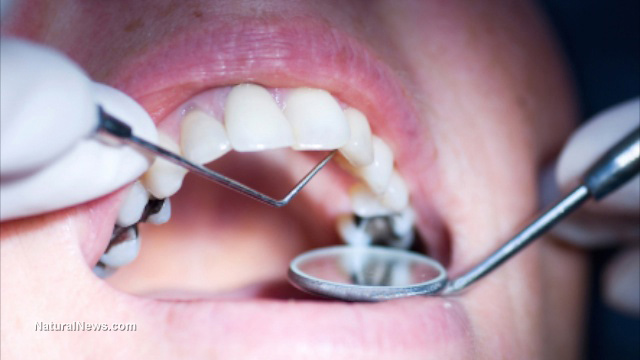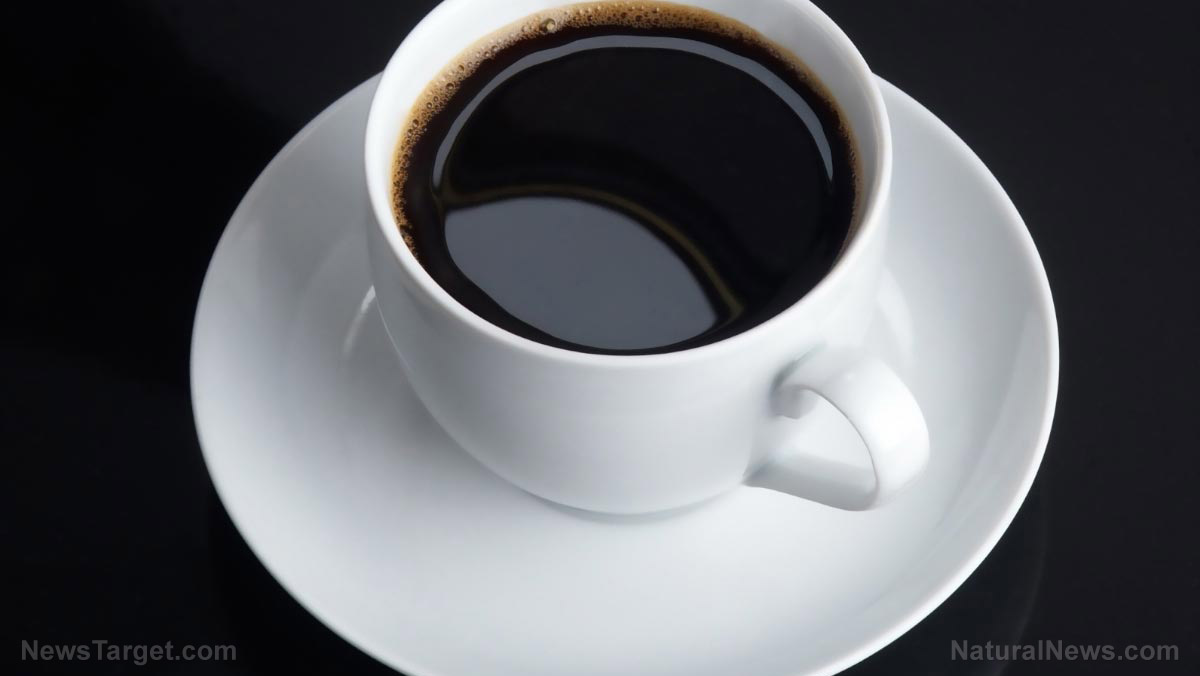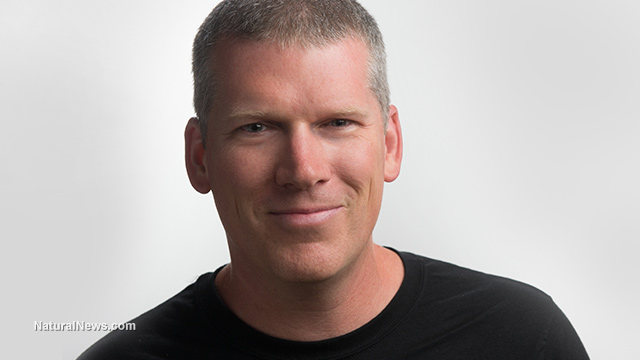
An animal study published in Cell Metabolism revealed that following a high-fat diet or ketogenic diet may help promote longevity and improve physical strength.
As part of the study, a team of researchers at the University of California Davis examined mice that were split into three groups. One group received a regular rodent high-carb diet, while another group received a low-carb, high-fat diet. The third group was fed a ketogenic diet, which composed 89 to 90 percent of the animals’ total calorie intake.
The results showed that ketogenic diet helped increase the median life span of the animal models. Likewise, the diet scheme enhanced the animals’ motor function, strength, and coordination. Ketogenic diet also mitigated an increase in age-related markers of inflammation and reduced tumor incidence in mice.
“Our results show that a KD slows cognitive decline and preserves motor function in aging mice. It should be noted that although the LCD did not significantly differ from the ketogenic group in longevity, the two diets differed in their ability to preserve physiological function with age. This suggests that ketones may be necessary to elicit an extension of health span,” the researchers wrote.
“In this case, many of the things we’re looking at aren’t much different from humans. At a fundamental level, humans follow similar changes and experience a decrease in overall function of organs during aging. This study indicates that a ketogenic diet can have a major impact on life and health span without major weight loss or restriction of intake. It also opens a new avenue for possible dietary interventions that have an impact on aging,” nutritionist and senior author Jon Ramsey said in a university release.
However, the scientists said that it remains unclear whether there is a maximum fat intake for ketogenic diet.
Companion study links ketogenic diet to better memory in animal models
A companion study conducted by researchers at the California-based Buck Institute for Research on Aging revealed that following a high-fat diet significantly improved memory in aging mice.
Researchers noted that ketogenic diet is characterized by its high-fat, low-protein, and low-carbohydrate components. The diet scheme is known to bolster the production of a vital ketone called beta-hydroxybutyrate acid (BHB). Small studies have previously shown that BHB helps improve cognitive function.
To carry out the study, the research team observed lab mice that were given three types of diet: a normal high-carb diet, a zero-carb ketogenic diet, and a high-fat, low-carb diet. The mice were given ketogenic diet intermittently to inhibit the onset of obesity at age one and during middle age.
The researchers observed that ketogenic diet-fed mice had a significantly reduced risk of dying as they aged from one to two years old. However, the animals’ maximum lifespan remained unchanged. (Related: How the ketogenic diet can keep unnecessary sugars out of your body, while lowering your risk for cancer.)
The experts also subjected another group of mice under memory testing at both middle age and old age. The results showed that animal models that followed a ketogenic diet performed just as well on memory tests at both middle age and old age. However, mice that were fed a normal diet exhibited age-associated decline as expected.
The study also revealed that mice fed with ketogenic diet explored more. The animal models also exhibited consistent memory improvements during another series of cognitive tests a few months later.
“This opens up a new field in aging research. We think the health benefits of BHB may go beyond memory and could affect tissues and organ systems. We’re looking for drug targets. The ultimate goal is to find a way for humans to benefit from BHBs without having to go on a restrictive diet,” said senior researcher Dr. Eric Verdin.
Read up on more stories such as this one at HealthCoverage.news.
Sources include:







